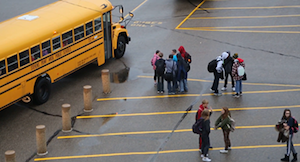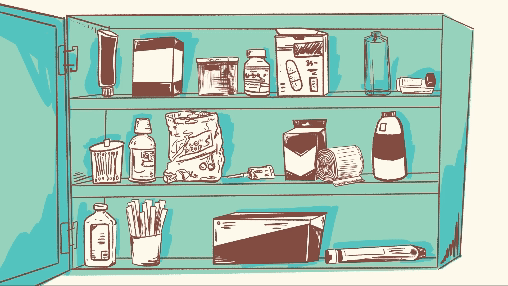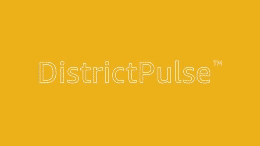Spotlight On: Skyward's Student Safety Features
#Security
Leah Kruger
by
Leah Kruger

|
Leah Kruger Product Manager |
 |  | 
|
 |
As the saying goes: Hope for the best; prepare for the worst. Are you confident in your ability to react appropriately in the midst of an emergency? Do you know enough about Skyward's built-in safety features to ensure maximum protection for every child? Here are six of the features designed to help you keep your students safe.
It is our sincere hope that you will share this article with anyone who may be responsible for overseeing these areas in your own school.
1) Order of Protection (OOP) Tracking with Student Notes
The Student Notes area can help your district keep detailed records on children covered by protection orders. Within Student Notes, administrators can record start and stop dates, attach legal/consent documents, and enter additional information such as the reason for the OOP and who is or is not allowed access to the student or the student's data.
2) Locating Students with Positive Attendance
There's a stark difference between "monitoring student locations" and having the ability to locate a student in case of emergency. Traditional attendance models will only give you information on where a student is supposed to be, but that's not always where they actually are. With the swipe of a badge or typing of a PIN number, positive attendance can help you keep track of student whereabouts and locate any individual when timing is of the utmost importance.3) Food Allergy Notices with Food Service Wanding Messages
When a student has dietary restrictions, nurses enter a notice into the Skyward health records area. Food service wanding messages take this information a step further, directly transferring it to food service and improving visibility for cafeteria staff. When students go through the lunch line, these notifications pop up on screen.This seamless integration not only improves workflow, but also eliminates ‘lost-in-translation’ issues that occur too frequently when nurses give messages to food service directors for manual entry.
4) Empowering Parents with Family Access
When parents log in to Family Access, they can see, in real-time, if their child is attending class or has visited the health office. Parents no longer need to wait for a phone call or mailer from the district when their student is out of compliance with vaccination requirements or racking up unexcused absences. This added layer of visibility and intervention can make all the difference for students who are going through tough times or experiencing health issues.
5) Accessible Health Information with Individual Health Plans (IHPs)
The ability for school staff to access real-time health information and alerts can truly make a life-or-death difference. Every student’s health data, from bee sting allergies to dietary and religious restrictions, can be stored in the IHP application. On the front end, this means that the people who are responsible for the student throughout the day can make instantaneous decisions based on what they see. Watch this video for a humbling reminder of just how important that kind of visibility can be:6) Real-Time Notifications with Skylert
The Skylert message system can be used to communicate with students, parents, teachers, and staff during an emergency situation or to prevent a crisis. Skylert is integrated with Family Access, meaning parents and guardians can choose their preferred method(s) of communication and update their contact information without any intervention on the part of district staff.If a weather advisory, school cancellation, or crisis occurs, Skylert can help you report information quickly and keep everyone on the same page.
We hope the safety practices your school implements will never be tested in an emergency situation. However, it’s extremely important that you cover all the bases just in case. Be proactive, not complacent, and help make your school a safe place for educators to teach and students to excel.
To learn additional best practices that will help keep your students safe, read the white paper here. If you have a safety-related story to share, please contact us or leave a comment below.

 Get started
Get started








